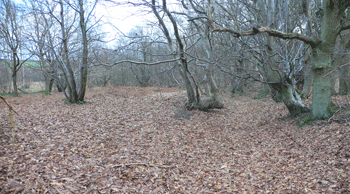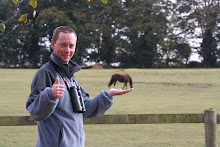Given that we have had an extended weekend, I have made the most of it and got in a load of ringing.
The highlight of the weekend was getting my new site set up on the coast. It has got loads of potential for the autumn migration and should have some breeding accros present. The site is mainly dry reed with lost of nettle beds, willowherb, a tree-lined ditch running across the middle and willow scrub around the outer edges. Until I know how well the site will work I have started with a ringing rides across the middle cutting into the willow scrub on one side and the hedge in the middle.
Thankfully the rides didn't need any cutting this morning so we were able to get the nets straight up. It took an hour,but these things always do for the first time, and the 5 nets were up.
In spite of the strong wind and sunny conditions it was a very productive few hours producing 8 new and 2 controls including 5 sedge warbler, 1 reed warbler, 1 male bearded tit and 2 blue tits.


The highlight however was the control sedge warbler. As I approached the net I saw that I had caught a sedge but was dissapointed when I could see it was ringed...one of the birds I had just done? As I got it out I checked the ring and the numbers looked far too big and then the address gave it away - MUSEUM PARIS, a French control...awesome!! There is a good chance that it could have actually been ringed in Africa so we will have to wait for some info back.
Also around the site was a singing grasshopper warbler, cuckoo, 4 bullfinch and a ringed male whitethroat near the car - will try for him next time!
In an attempt to catch some corvids, I have taken delivery of a spring trap from my mate around the corner. The rooks and jackdaws are very clever and have sussed out where my mist nets now are and keep well out of the way so a new direction is needed.
The trap is a large piece of netting attached to two long rubber strap. It is attached to two angled poles with a firing pin in each side. All you need to bo is bait the area infront on the net and wait. When the birds are in range, pull the string and it fires.
It was very success managing to catch 1 rook (ringing tick), 2 jackdaw and 10 starling.
 |
| Adult jackdaw |























































